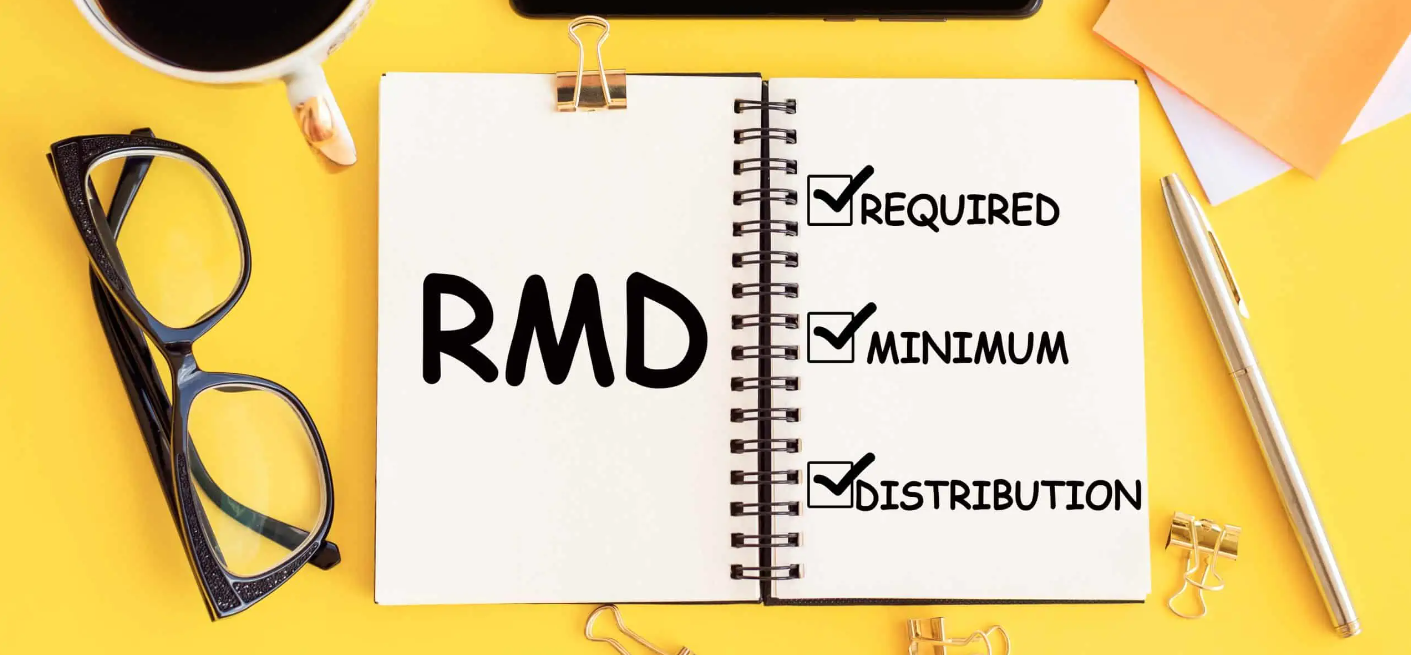You can have too much of a good thing. While saving for retirement with an IRA is a good strategy, there are limits. When a contribution is not allowed in an IRA, it’s referred to as an excess contribution and it will need to be corrected. Here are five ways an excess IRA contribution can occur to you:
-
Exceeding the Annual IRA Contribution Limit
If you contribute more than the annual limit to an IRA, you will have an excess IRA contribution. The limit for 2022 is $6,000 for those under age 50 and $7,000 for those who are age 50 or over. This may seem like an easy rule to follow. Most IRA custodians will not accept contributions over the yearly limit. However, an individual with multiple IRAs at different custodians could exceed the limit by contributing to each.
-
Not Enough Earned Income
A common occurrence is when an IRA owner does not have sufficient earned income or taxable compensation to fund an IRA contribution for the year. While you can use a spouse’s taxable compensation to fund your IRA, you may not use many other income sources including Social Security, pension, rental, and investment income. Thus, you may have a high income without being eligible to fund an IRA. If you go ahead anyway, the result is an excess IRA contribution.
-
Too Much Income for a Roth IRA Contribution
On the other hand, excess Roth IRA contributions are also typical when you make contributions in a year when your income is too high. If your income fluctuates, or you have unexpected additional income in the year, you are particularly vulnerable. Watch out for the annual income limits.
***For traditional IRAs, there are no income limits for contribution eligibility.
-
Failed Attempts to Rollover
You may be surprised to learn that a failed attempt to roll over can result in an excess contribution. How can this happen? Well, there are many ways you can end up in this position. One possibility is if you mistakenly roll over after the 60-day rollover period has expired. Also, if you violate the once-per year rollover rule, you will have an excess contribution.
-
RMDs are Not Eligible for a Rollover
If you are older, you may be at greater risk of excess contribution due to rollover mistakes. This is because of the rule that says that the required minimum distribution (RMD) for the year cannot be rolled over. In fact, the RMD for an IRA must be taken before any of the funds in the IRA are eligible for rollover. For example, an RMD must be taken before doing a Roth IRA conversion. If you mistakenly roll over your RMD, you will have an excess contribution.
Fixing an Excess IRA Contribution
The first step in avoiding excess IRA contributions is knowing how they occur. Despite your best efforts, if an excess contribution occurs, the bad news is that the problem will not go away or fix itself. An excess contribution will be subject to penalties each year it remains in the IRA. The good news is those excess contributions can be corrected, often without penalty. For the right fix to your situation, be sure to talk to a knowledgeable tax or financial professional.
By Sarah Brenner, JD
Director of Retirement Education











